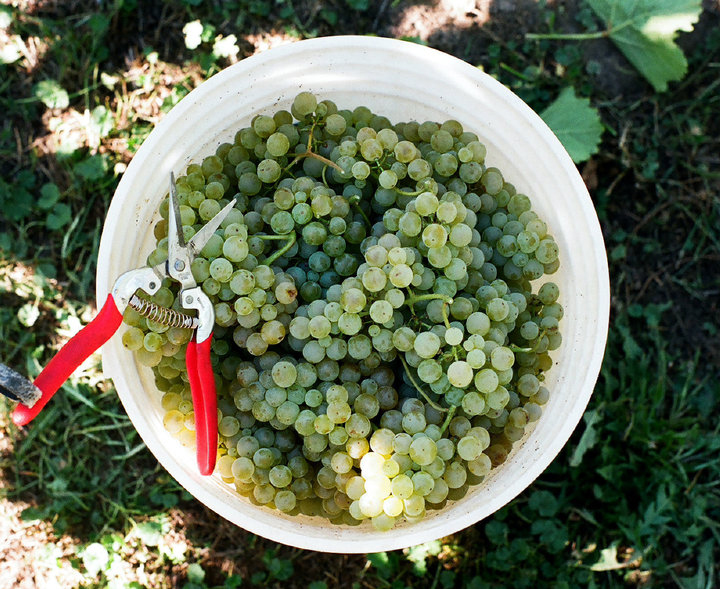The province recently approved six new sub-geographical indications in the Okanagan Valley.
“I think it’s a logical next step in the progression of looking harder at the Okanagan Valley and seeing what it has to offer north to south, east to west. A lot of people do that anyways, certainly within the industry,” says Julian Samoisette, wine director at Camelot Vineyard in the new East Kelowna Slopes sub-GI. “I think having it on the bottle is just one more step in educating the wine-drinking public at large that the valley is very, very different depending on the direction you go.”
The new regions in addition to East Kelowna Slopes include Lake Country, South Kelowna Slopes, Summerland Bench, Summerland Lakefront and Summerland Valleys.
BC now has nine official geographical indications and 12 sub-GIs. Wines that state they’re from a particular GI must contain be made at least 95% from grapes grown in the specified region.
The designations are protected under BC law and their use is overseen by the British Columbia Wine Authority.
While sub-GI labelling is a valuable marketing tool to promote sales online and in store, the specific qualities that highlight each region are far more important.
“They want to designate where the grapes are from and I think when you talk to the winemakers, they don’t talk about the marketing side of it. They talk about expressing the different characteristics of the different vineyards,” says the authority’s general manager Scott Hennenfent. “It’s not just marketing a brand, it’s the soils and having consumers understand the different landscapes and vineyards and how where they are affects the grapes that are produced.”
The boundaries of each sub-GI are rooted in subtle growing condition differences, rooted in science. The applications are typically written by a professional soil scientist.
Arrowleaf Cellars winemaker Manuel Zuppiger is thrilled that Lake Country, the northernmost sub-GI in the Okanagan, has its own designation.
“It’s important for us to have our own sub-GI designation to showcase the style of wines we are capable of producing, and to distinguish our local area from the vast and diverse Okanagan Valley GI,” Zuppiger says. “Consumers will be able to look for ‘Lake Country’ on our labels and recognize the hallmarks of our region: lively wines with fresh acidity and purity of fruit.”
Other sub-GI proposals are in progress. The most recent application, received in June, was for the Black Sage Bench.


 ALC rejects Teacup appeal
ALC rejects Teacup appeal